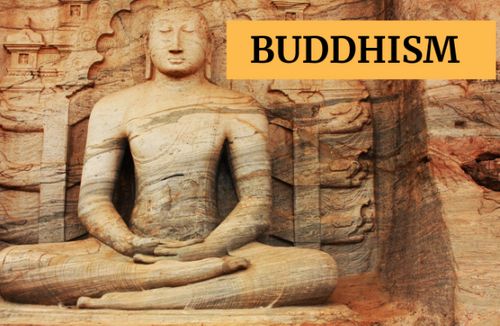The Spread of Buddhism
Jul 01, 2022 · 2 mins read
0
Share

Buddhism is an important religion in most of the countries of Asia. Siddhartha Gautama was the founder of Buddhism who was later known as “the Buddha”.
Save
Share
Buddhism has its origins in the ancient kingdom of Magadha (now in Bihar, India). It spread through Asia and has developed into three basic traditions: Theravada, Mahayana and Vajrayana.
Save
Share
Buddha’s teachings are called the dharma. The Buddhist community that follows the teachings of the Buddha is called the Sangha.
Save
Share
The Mauryan emperor of India, Ashoka, played a crucial role in the spread of Buddhism. In 300 BCE, he sent Buddhist missionaries as far as Syria.
Save
Share
Buddhism spread to the south from Northern India to Sri Lanka, Myanmar (Burma), and Thailand. Around 200 BCE, Buddhism became the official religion of Sri Lanka.
Save
Share
Buddhism came to South-East Asia in the first five centuries AD. One of its earliest accounts in Southeast Asia was of a Theravada Buddhist mission sent by Ashoka to modern-day Burma in 250 BCE.
Save
Share
It also moved North through Kashmir to Afghanistan along the ‘Silk road’ into Sikkim, Bhutan, Nepal, Tibet, Mongolia and other parts of Central Asia, and later into China, Korea and Japan.
Save
Share
While it was spreading to other countries, it was declining in India. The revival of Hinduism, the invasions of the White Huns (6th cent.) and the Muslims (11th cent.) being the major reasons. It was almost extinct by the 13th century in India.
Save
Share
Buddhism also faced opposition in other countries. In China, it encountered resistance from Confucianism and Taoism, and from the government, due to the growing power of the tax-exempt sangha.
Save
Share
Final Note: Buddhism thrives in countries like Sri Lanka, Myanmar, Thailand, Korea and Japan. It is attracting an increasing following in Europe and America. Check out the digital timeline on the Spread of Buddhism from 500 BCE - 1200.
Save
Share
0